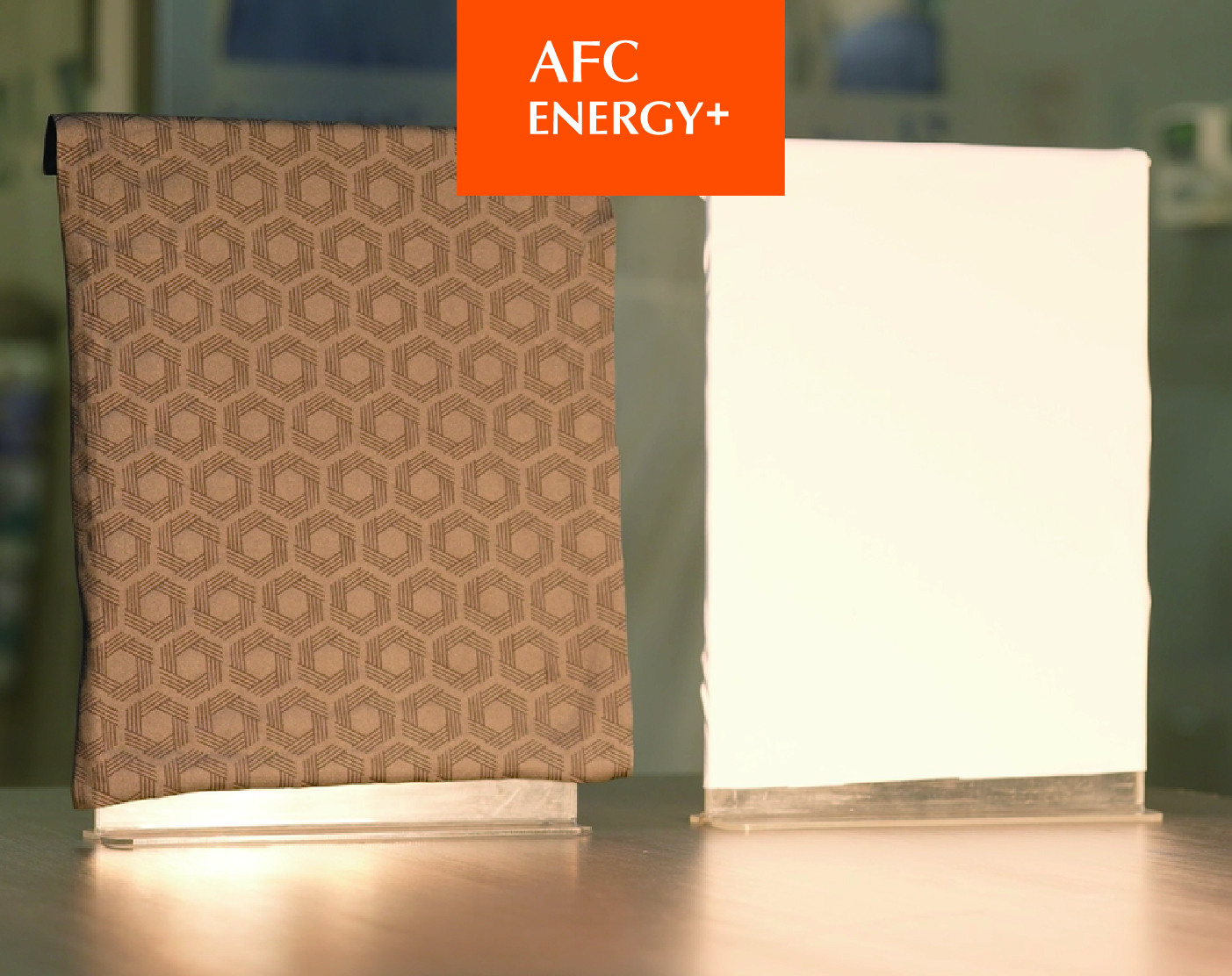Wear the Future|Future Workwear: An Upgraded Revolution to Tackle Climate Challenges
This is an oncoming revolution at the worksite.
When we talk about workwear, most people immediately think of durability and protection—garments that withstand scorching sun, extreme temperature fluctuations, and hot, humid environments to safeguard frontline workers.
In the past, these basic expectations—functionality and durability—were almost all we asked of workwear. These needs haven’t changed much, because the demands of the worksite have always provided the most direct answers.
However, the impact of extreme climate events is redefining the role of the fabric that sits closest to the body. According to data from international meteorological organizations, global average temperatures continue to rise, and extreme heat events are becoming more frequent and intense. As a result, the demand for safety and comfort in outdoor work has reached unprecedented levels.
When high temperatures and heavy rainfall become daily occurrences, and when energy efficiency and carbon reduction become pressing concerns in production, relying solely on air conditioning, ventilation, or frequent clothing changes can no longer meet the needs of long work hours.
Such changes are prompting global innovators in functional textiles and workwear to ask:
What if the fabric itself could be smarter and more responsive?
In recent years, the Nobel Prize in Physics has recognized the potential of graphene, pointing the way to a new era in material science:
The key to adapting to environmental changes may no longer lie in external equipment or compensatory design—but in the fabric materials themselves, capable of sensing and regulating conditions.
Graphene, known for its exceptional thermal conductivity, has become an ideal material for heat dissipation. It is now widely used in fields with the highest performance standards—such as semiconductor electronics, electric vehicle battery systems, and advanced communication devices.
Can you imagine this extraordinary property being applied to textiles?
Graphene enables fabric to automatically regulate body temperature and maintain optimal comfort. From heat conduction and thermal storage to intelligent temperature adjustment, it allows clothing to actively adapt to its environment.
In the future, workwear will no longer be a passive shell isolating workers from harsh environments—but an integrated, dynamic system that supports the human body and enhances work performance.
From moisture-wicking and quick-drying, to thermal retention, intelligent temperature regulation, long-lasting antibacterial protection, odor control, and even microcirculation support—these features are no longer expensive extras but essential built-in capabilities of next-generation workwear.
In an age of extreme climate conditions, true protection for workers won’t come only from safety barriers—it will come from a textile system that evolves and responds to environmental challenges.
Wear the Future. It begins with redefining workwear.
? See the next step in textile innovation here:
? Discover AFC Comfort Functional Workwear




